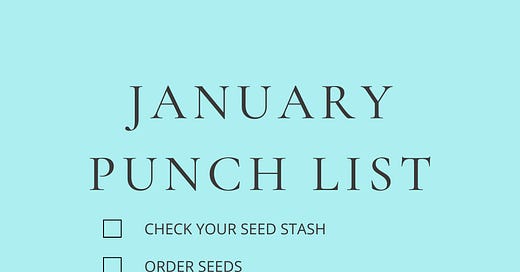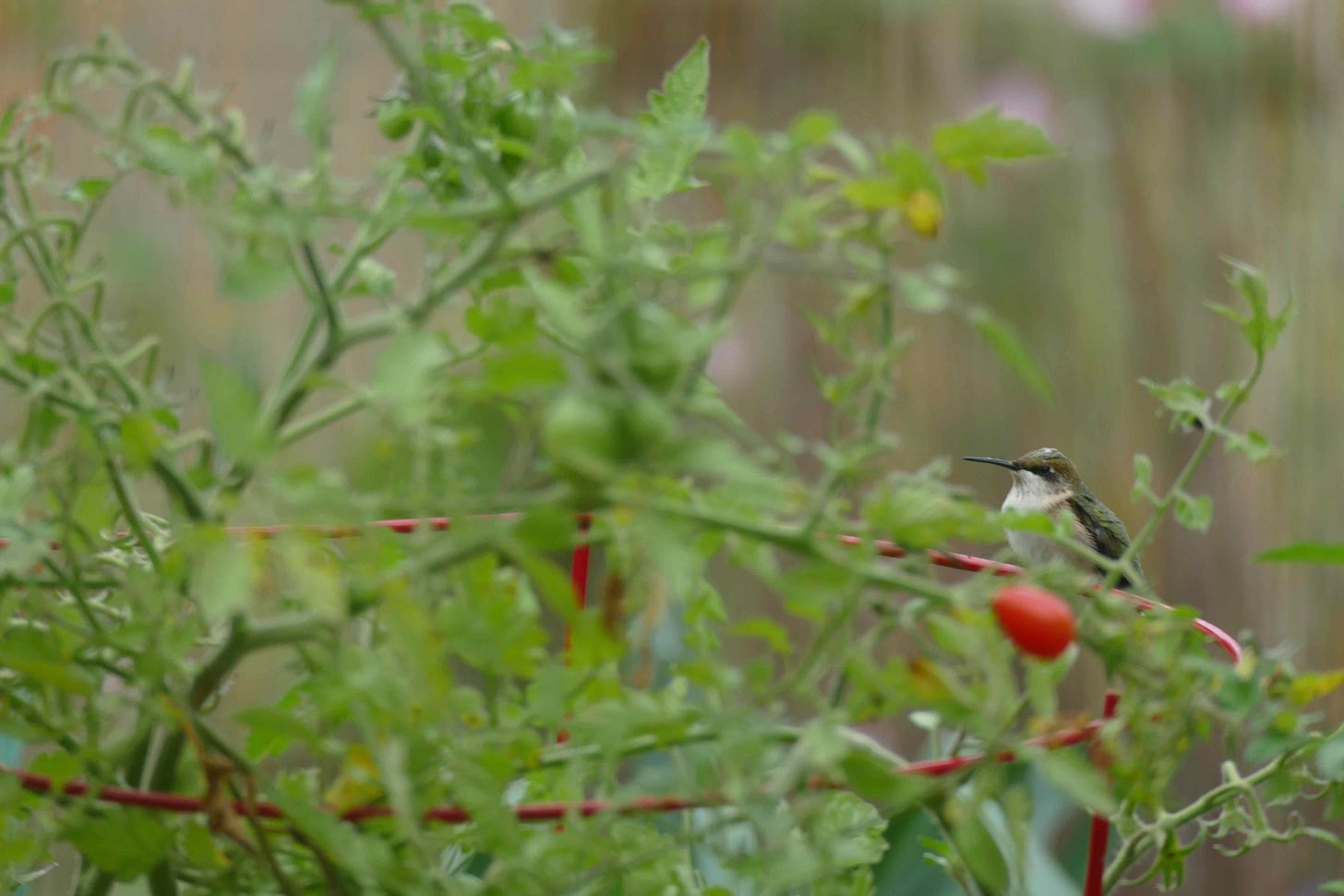Welcome to Your Northern Garden, a monthly newsletter for beginning and experienced gardeners growing in cold climates. If you are receiving this inaugural issue, you have previously subscribed to emails from me through my website or at a garden talk. I hope you enjoy this new format on Substack.com, but if it’s not for you, no worries! The unsubscribe button is where it usually is and I won’t be offended if you decide to opt out.
I hope you will stay, though, and here’s what you’ll get:
· A monthly newsletter with a “punch list” of the most important garden tasks for that month
· Techniques and tips for growing a productive and beautiful garden in the North
· Profiles of plants that thrive in cold climates and how to grow them well
· Answers to probing garden questions and common garden problems
· Occasional essays, interviews and rants about gardening in the North
This newsletter is free, though I will be adding options for paid subscribers as time goes on.
No matter the size or style of your northern garden, I hope it is a source of joy and well-being as well as food and flowers. My goal is to help you grow a garden that thrives, wherever you are in life and in your gardening journey.
What’s a Gardener to Do in January?
Dream, read and wait for the light! If you’ve lived in northern climates awhile, you know that moment in late January where suddenly the days seem just a bit longer and the sun seems a bit warmer. You’re not imagining it. There’s almost an extra hour of daylight by the end of January compared to the winter solstice. Can spring be far behind? Now is a great time to plan your garden.
Winter is a good time to settle in with a new or favorite gardening book. This month, I’m reading Robin Wall Kimmerer’s new book, The Serviceberry: Abundance and Reciprocity in the Natural World. The book starts with a serviceberry—one of the best shrubs for the North—but it’s about generosity. If you enjoy garden memoirs, check out Barbara Damrosch's A Life in the Garden: Tales and Tips for Growing Food in Every Season. It traces her 40-plus year gardening journey. It’s full of good stories and great advice on growing food.
A Few Notes on this Month’s Punch List
· Before ordering seeds, check your seed stash – and remember, seeds can last several years if stored in a cool, dark room. If you are not sure whether the seeds are viable, just wrap a few of them on a damp paper towel and put the towel in a plastic bag. If they start to sprout in a week or so, the seeds are viable and will grow next season.
· Do you do winter sowing? I’ve had mixed results with this method of starting seeds outdoors in winter in mini-greenhouses, but some folks swear by it. Here’s a good how-to. If you are going to winter sow, don’t start too early – mid-February is a good time for perennials — but start saving those one-gallon milk jugs now.
· Houseplant pests. Ugh. Knowing what you have is the start to getting rid of them. The three most common pests I’ve seen are fungus (or soil) gnats; scale and mealy bugs. Not sure what you have? Gnats look like fruit flies and come out of the soil your houseplants are in. Scale looks like a growth on the stalk of your plant. Mealy bugs look like cotton fluff. This helpful post covers all three plus a few additional pests.
Hummingbirds are the Word in 2025
Want to be on trend in your garden in 2025? Plant a garden for hummingbirds.
Northern gardeners are most likely to see the ruby throated hummingbird (Archilocus colubris) in their gardens. A garden planted with lots of native plants and non-natives with tubular flowers will attract an abundance of hummingbirds. Among the native perennials, best choices are columbine, penstemon, Jacob’s ladder, bee balm, prairie blazing star and cardinal flower. Annual salvia are magnets for hummingbirds and I saw lots of hummingbirds on my petunias and lantana in pots on my deck last summer.
I’ll be adding more vines this summer with hummingbirds in mind, especially black-eyed Susan vine.
Even though they always seem to be in motion, hummingbirds also like to have places to perch, even on a tomato cage.






In support of winter garden planning, I suggest people look into the garden planning software, GrowVeg. It comes out of the UK and is very well designed, with new features just coming along this month. It is not terribly expensive. It is particularly good for vegetable gardening, with features that help plan planting dates (indoors and out) using site-specific frost dates; succession planting; and crop rotation from year to year. But they have lately expanded their flower icons also. There are also YouTube videos and many garden-related articles on the site. They offer a free trial period that allows you to play with the software before subscribing.